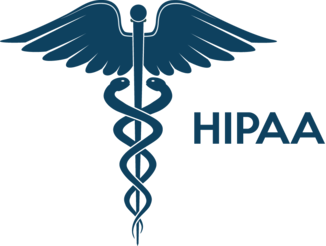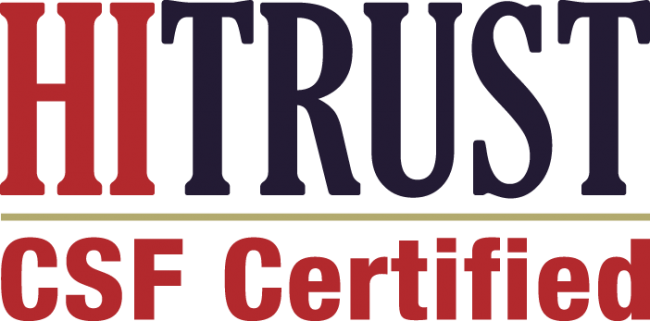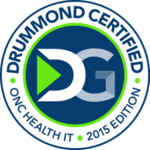Health providers in a health system need patients to run their practice profitably. Be it a hospital, health network or private practice, healthcare providers rely on incoming referrals from other health providers and entities. Referrals generate revenue and improve patient retention rate. Providers tend to refer patients to specialists within the same hospital or health network. This is to retain them in the same hospital. A provider should consider factors such as personal relationships, quality outcomes, proximity, insurance coverage and patient preference before referring a patient. When a provider fails to consider these, patient referral leakage is bound to happen.
Patient Referral Leakage
Patient Referral Leakage happens when healthcare providers refer patients out-of-network. Accordingly, patient leakage is sometimes known as network leakage or referral leakage. The following definitions will help in better understanding of patient leakage,
- In-Network – In-network refers to medical care within a network of doctors, hospitals, and other health providers who have a contract with a health insurance company. Inside the network, patients seek medical care only from those providers who are under the terms of the health insurance. In-network care is cheaper due to discounted rates that a health insurance company has negotiated ahead of time with the various health networks.
- Out-of-Network – Out-of-network refers to patients looking to get medical care outside their current health network. This means that the patients seek care from out-of-network providers who cover their health insurance. Health providers refer patients seeking advanced treatment out-of-network. This is the main reason for patient leakage.
Why does patient referral leakage happen?
Sometimes patient referral leakage is unavoidable. When patients need medical care that is unavailable in their network, the health provider must understand the patient’s needs. The health provider must refer the patient to a specialist or an imaging center depending on the need.
However, there are occasions where in-network providers may refer patients to out-of-network providers on purpose.
- Provider’s Repute – Sometimes, a health provider may refer their patients out-of-network to another provider who is more reputable in that specialty. This could be because the current health network has not employed a reputable specialist. The provider must make sure that a patient gets the best treatment possible.
- Unaware of Providers in their network – Health providers who have just joined a health network or are a part joint ventures, acquisitions do not know all their specialists. This causes confusion and the health providers refer the patient out-of-network. When a health system fails to make it easy for health providers to refer within the network, patient leakage is inevitable.
- Patient’s Choice – When certain treatment or care is not available within a network then it is up to the provider to refer the patient out-of-network. The health provider may recommend a next best course of treatment and the provider to consult for advanced treatment. Patients do tend to take the provider’s advice but it is up to the patient. This is why certain amounts of patient leakage will always exist. If the patient decides to move out of the practice due to unavoidable reasons then referral leakage becomes inevitable.
Why should it be curbed?
- Patient’s Benefit – The patient may need immediate care and attention. So processing and closing it at the earliest will be the best for the patient. Patient leakage leads to open patient referral loop which will affect the patient’s health.
- Patient’s Experience – A patient moves out-of-network due to many reasons. Primarily it is because the patient is not satisfied with the medical care provided in the current health system. Patient’s bad experience has a direct effect on hospital’s revenue, the number of incoming referrals, patient crowd, etc. In order to give efficient care to the patients, a health system must prevent patient leakage.
- Missed Revenue and Reimbursement opportunities – The main problem with patient leakage is the missed revenue opportunities for health systems. These organizations miss out on reimbursement for medical services that they had provided earlier when patient leakage occurs. This applies to healthcare systems that adopt value-based care or payment models such as accountable care organizations (ACOs).
- Failed relationships with healthcare providers and patients – Patient leakage results in failed relationships with healthcare providers and patients. Many health systems have spent resources on building clinical alignment with their referral network. Unfortunately, when patients go out of the system providers lose their trusted receiving providers.
How to tackle Patient Referral Leakage?
- Employing right providers – Organizations can cut down patient leakage by employing respected, experienced, and well-regarded providers that they. This will cut down the number of patients who voluntarily go out-of-network. This is because they will find the right provider in their network.
- Clear communication between physicians and patients – Clear communication between providers and patients is key to creating a positive patient experience and engagement. A health system can decide to give patients control of their own health by implementing an e-consult software. It should allow patients to schedule their own appointments, talk to providers online, order prescriptions, etc.
- Being transparent in all aspects – The health system must be transparent about prices and pricing structure with the patients. Healthcare providers should give upfront estimates of costs and detailed end-of-care financial statements. Quality metrics is the other part that health networks must make readily available to the patients. It includes patient outcomes, patient satisfaction scores, physician reviews, etc. Ease of use and timely access to best care are crucial aspects of the patient experience. In a health system, it is important for a patient to receive medical care easily and in a timely manner.
How can HealthViewX Referral Management solution help?
Information Technology is transforming healthcare to a great extent. Patient referral leakage never happens with the help of a software application like HealthViewX. HealthViewX Patient Referral Management solution simplifies the referral process by the following steps,
- Referral Initiation – The patient demographics and diagnosis required are already in the application. The referral coordinator can create the referral through a simple three-step form which includes health insurance pre-authorization, finding the right receiving provider with the help of “smart search”, etc. After finding the receiving provider, the referral coordinator refers the patient. When the receiving provider receives the referral, the provider will get notified of the referral.
- Referral status and timeline view – With the help of a referral status, the referring provider can get to know what stage the referral is. A timeline view shows a history of stages through which the referral has progressed.
- Referral and timeline view reports – The health provider can generate the timeline view and referral analytics data as a report in any form.
- Referral closure and feedback – The referring provider can close the referral when it gets completed. The receiving provider and the patient can give a feedback on the referral process to the referring provider. Thus the referring provider can make it easy for the other the next time.
HealthViewX Patient Referral Management solution smooths the referral process and reduces the burden of the referring and the receiving ends. Referral Management software cuts down patient referral leakage to a considerable number. Do you want to know more about HealthViewX Patient Referral Management solution? Schedule a demo with us.






